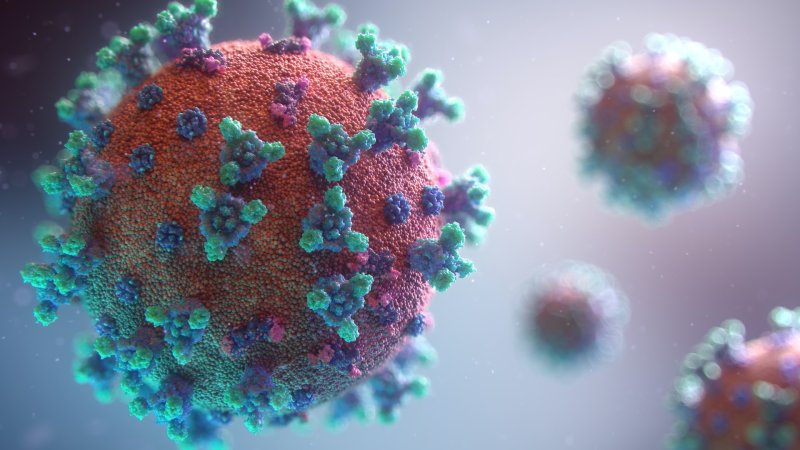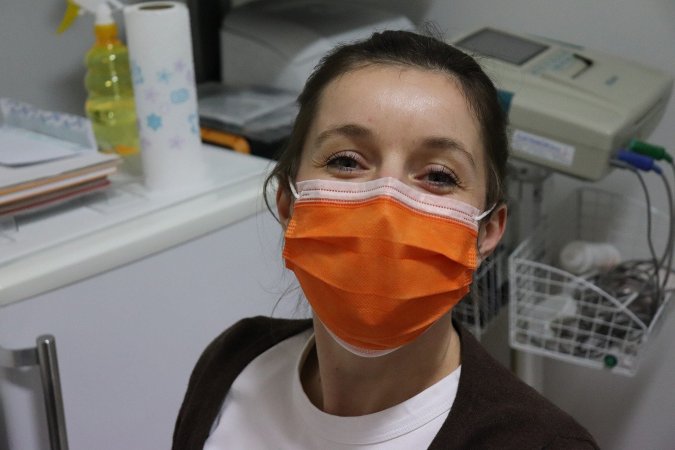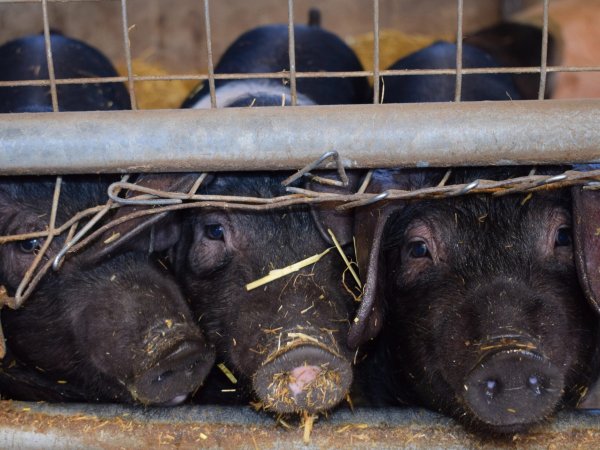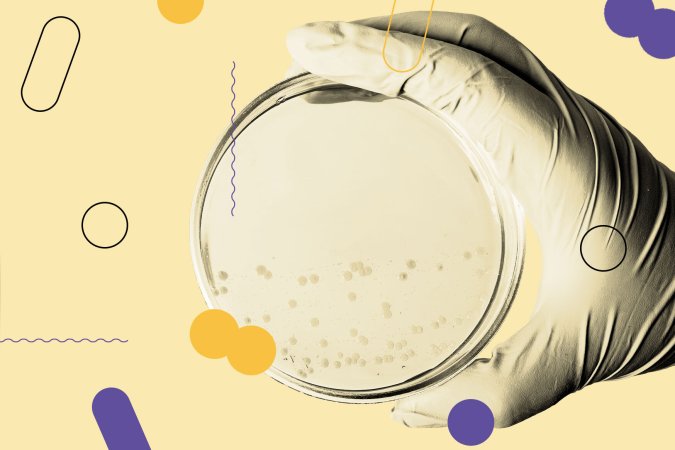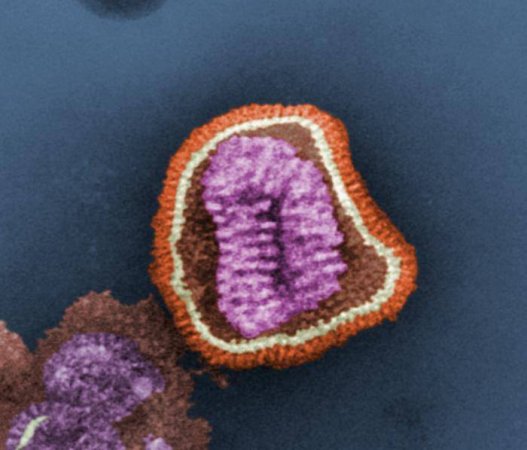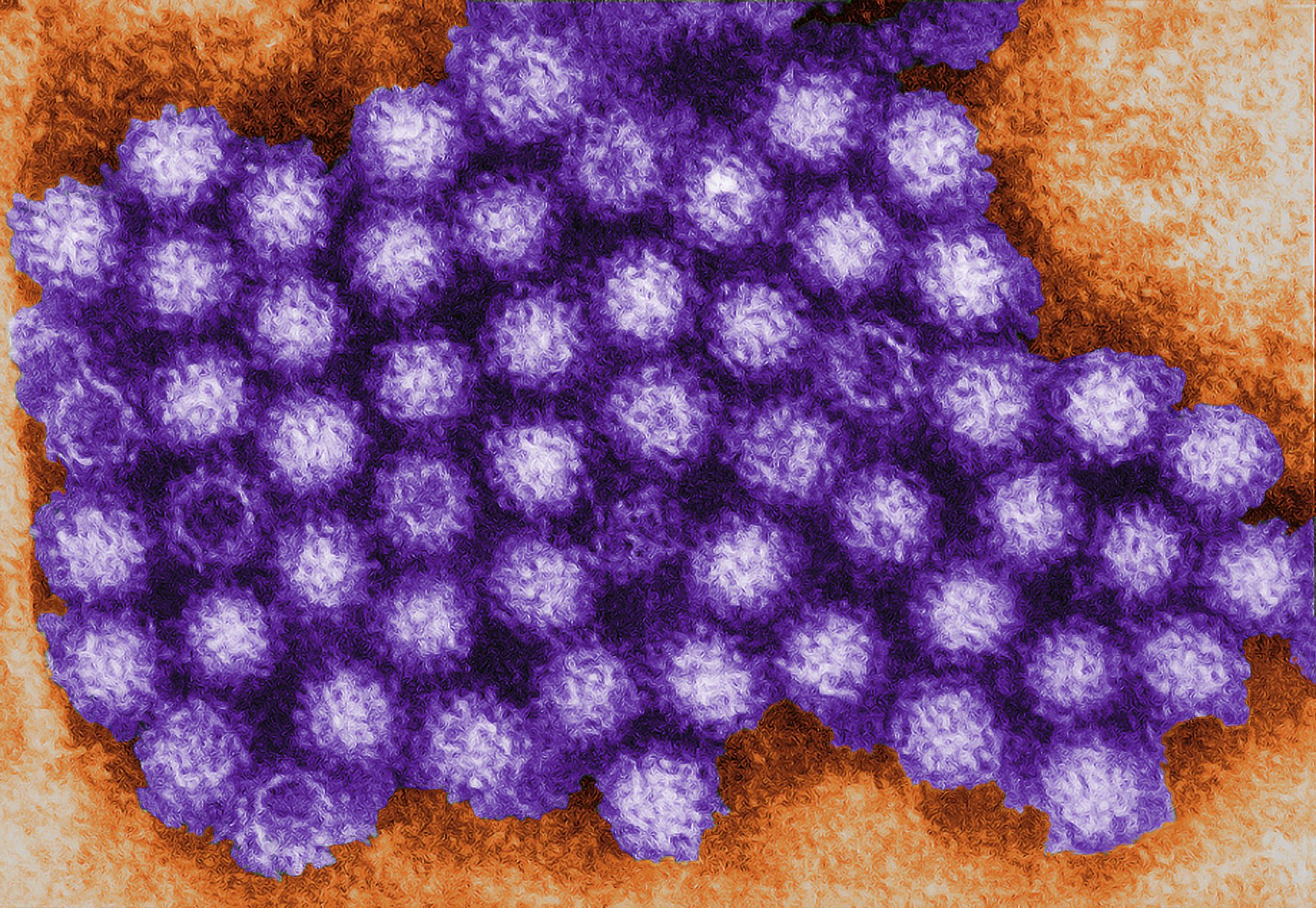

In mid-February, a team at the Institut Pasteur in France uploaded a SARS-CoV-2 genome with a strange family tree to a global epidemiology database. As one scientist explained on a forum used to identify new variants, the virus, which had infected an older man in northern France, appeared to share its “body” with Delta, but had borrowed the genetic information for most of its spike proteins from Omicron. Based on a standard naming convention, the new COVID type, if it sticks around, will likely be dubbed “XD.” The public has been calling it “Deltacron.”
A month later, a second team posted their own preliminary evidence that three similar cases had appeared in the US during the height of the Omicron surge, between November 2021 and February 2022.
SARS-CoV-2 has produced hybrids before, mostly involving the Alpha variant. But none of those ended up driving widespread outbreaks, and instead disappeared in the face of newly evolved strains.
[Related: A deep dive on the evolution of COVID and its variants]
Organisms swap genetic code with surprising regularity—influenza viruses, for example, have a modular structure that allows them to swap whole segments with one another. If a person catches two strains of COVID at the same time (rare, but possible when millions are falling ill), the pathogens can go through a process called “recombination” as they replicate, leaving bits of themselves inside the other.
Most of the time, that kind of Freaky Friday swap will kill the virus. But every so often, the recombinant has enough pieces intact to survive and continue spreading, which appears to have happened in the French “XD” case that’s now making headlines.
Why you’ve probably heard of “Deltacron” before
Earlier this year, Bloomberg and other news outlets trumpeted the possibility that a “Deltacron” strain had emerged in Cyprus. Those headlines were debunked, even if hybrid COVID variants remained possible.
The coverage based on an interview aired by a local TV station. Leondios Kostrikis, a microbiologist at the University of Cyprus, said his lab had identified cases of the Delta variant with a few stray mutations that looked like those seen on Omicron.
Other scientists, including one from the World Health Organization, were quick to say that although a recombination was possible, this didn’t appear to be such a case. The issue was with the genetic data, which many outside observers believed showed traces of cross-contamination between samples. In other words, the Cyprus lab might have sequenced individual Omicron and Delta viruses at once, not a hybrid of the two.
In a January interview with Nature, Kostrikis said his words had been misconstrued, and that he didn’t think the viruses were a true hybrid. He explained that the Delta- and Omicron-like traits on the variant he’d sequenced might have resulted from convergent evolution—in the same way that bats and birds both have wings. He also argued that his samples hadn’t been contaminated, and withdrew them from an open-source database while waiting for other experts to confirm his findings.
[Related: Why everything eventually becomes a crab]
But there was another simpler explanation than cross-contamination: Sometimes viruses just happen to share a handful of overlapping mutations. Sequences with features of multiple variants “get uploaded all the time,” Thomas Peacock, who researches viral evolution at Imperial College London, told Nature at the time. “But, generally, people don’t have to debunk them because there isn’t a load of international press all over them.”
Is this fake “Deltacron” again?
Scientists are much more confident that the new strain from France is a real recombinant. The genetic sequencing data is cleaner, and the Institut Pasteur team reports that it has cultured the virus in a lab, demonstrating that it isn’t a product of cross-contamination.
But just because a new variant combines genetic material from two strains doesn’t mean that it will combine their worst features in real life. Delta and Omicron are very different viruses: They invade human cells in distinct ways, and appear to have developed divergent strategies for evading the human immune system. It’s not at all clear that mixing and matching two independently evolved sets of mutations will improve the virus, rather than just creating a chaotic mishmash. Omicron surprised virologists in part because it used an odd set of adaptations to “unlock” a key receptor on human cells to invade them. Individually, each mutation could have made the virus worse at its job—but together, they ended up being extremely effective.
Since the “Deltacron” case was diagnosed last month, researchers have identified roughly 30 similar cases spread across France, the Netherlands, and Denmark. (It’s not clear if all of those are descended from the same infection, however.) That’s enough to suggest that the recombinant is capable of spreading. Still, with Europe currently seeing a new uptick in COVID cases, it would take many more than 30 “Deltacron” cases to demonstrate that the hybrid present a bigger threat than the virus that’s already in front of us.
